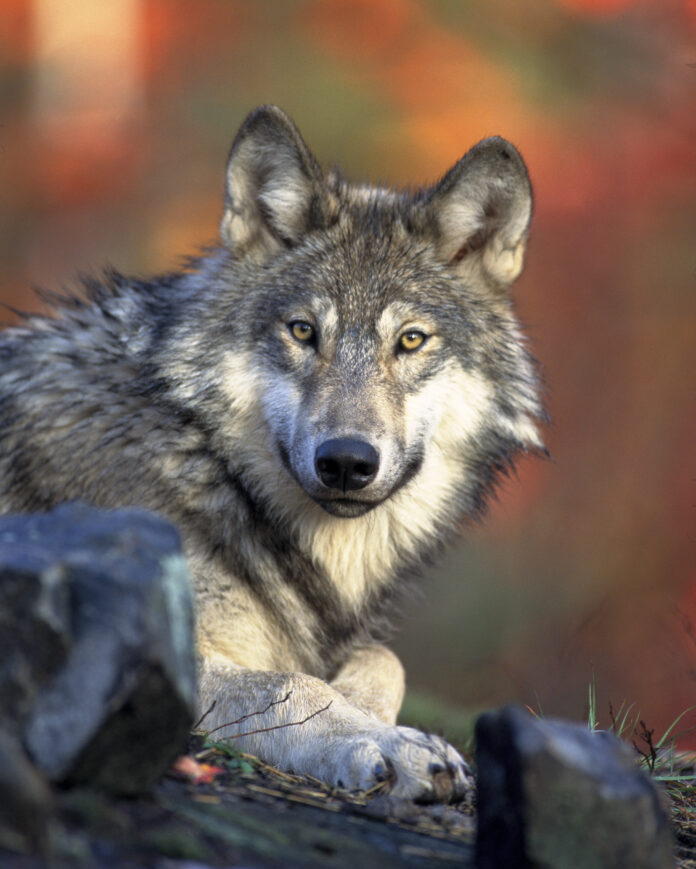The Idaho Department of Fish and Game says its second annual wolf population estimate shows the population was stable from 2019 to 2020. The 2020 estimate was 1,556 wolves, 10 fewer than the 2019 estimate of 1,566.
The estimates are made in August at a time of the year when the wolf population is near its annual maximum. Tracking human-caused mortality and adding estimated natural mortality through the year allows biologists to estimate the minimum population size, which occurs just before the addition of pups in March and April.
Human-caused mortality of wolves between the two August estimates was documented at 583, and was 53% higher than 382 during the previous year. Documented human-caused mortality coupled with Fish and Game’s estimate of natural wolf mortality allows biologists to describe the annual population cycle and estimate the annual minimum population at approximately 900 wolves.
“It is important to be able to describe both the annual population cycle and longer-term population trend from year to year,” Fish and Game Director Ed Schriever said.
Idaho has a commitment to maintain a population of at least 150 wolves. The Idaho Fish and Game Commission is responsible for managing the state’s wolf population to keep a healthy balance between predators and prey.
Fish and Game said its crews deployed 566 cameras in the summer of 2020 and collected almost 7 million photos. Wildlife technicians used recognition software to identify wolves and other animals in the photos. Estimating wildlife populations using remote cameras is a new innovation, and uses mathematical modeling to refine and improve annual estimates and compare populations from year to year. The estimate includes all of the habitat occupied by wolves in Idaho.



